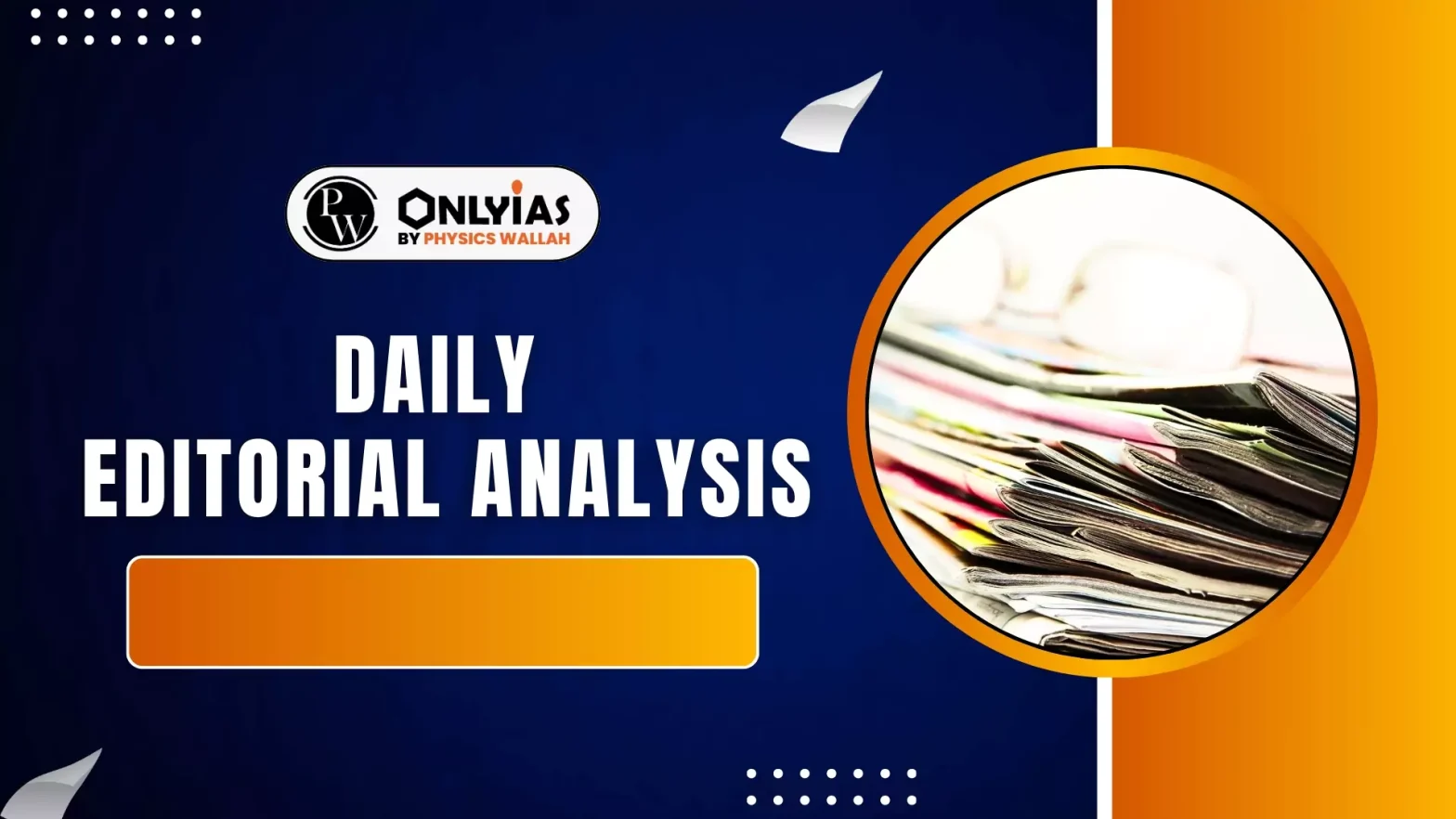Empowerment begins with access — access to rights, to services, to protection, and to opportunity.
- Over the past decade, this access has been redefined and democratised through the focused commitment of the government to build a more inclusive and digitally empowered India.
Digital Backbone of Empowerment
- India’s robust digital public infrastructure has been pivotal.
- It has facilitated unprecedented financial inclusion through the Jan Dhan-Aadhaar-Mobile (JAM) trinity and enabled reliable identity verification across various sectors. This digital framework supports:
- Real-time Data Systems: These systems enable quick analysis of information, providing invaluable insights for informed policy-making.
- Responsive Governance: Online social media platforms, web portals, and dedicated applications empower citizens to directly contact authorities, ensuring that grievances are heard and addressed promptly.
Key Initiatives and Technological Interventions
- Saksham Anganwadi Initiative and Poshan 2.0 Programme:
- Modernisation of Anganwadi: Approximately 2 lakh Anganwadi Centres have been modernised and technically upgraded under the Saksham Anganwadi Initiative. These centres are equipped with smart infrastructure, digital devices, and innovative tools, proving immensely beneficial for women and children.
- Integrated Service Delivery: The effectiveness of programmes like Poshan 2.0 is directly linked to these modernised Anganwadis. Services are integrated across 14 lakh Anganwadi Centres with the help of the Poshan Tracker, a dedicated web portal and application.
- Enhanced Nutrition Delivery: The Poshan Tracker facilitates accurate data entry, meticulous planning, and precise tracking of nutrient supplement delivery. It also sends pop-up messages and notifications for household visits, ensuring efficient delivery of required materials to beneficiaries.
- Widespread Impact: This initiative benefits 10.14 crore individuals, including pregnant women, lactating mothers, children under six years of age, and adolescent girls.
- Empowering Anganwadi Workers: Anganwadi workers are equipped with smartphones and receive continuous training, enabling them to quickly trace and understand beneficiary needs.
- Vision for Health and Nutrition: The Poshan Tracker actively contributes to the vision of ‘Swasth Bharat’ (healthy India with good hygiene) and ‘Suposhit Bharat’ (well-nourished India free from nutritional weaknesses), aiming for maximum physical performance.
- Community Hubs: Anganwadi Centres now function as digitally empowered community hubs, enabling women and children in rural areas to access crucial services and resolve issues, effectively bridging the urban-rural divide.
- National Recognition: The vital foundational role of Anganwadi workers in national development was recognised with the Prime Minister’s Award for Excellence in Public Administration 2025, specifically for the ‘Poshan Bhi aur Padhai Bhi’ (Nutrition and Education Too) concept.
- Combating Leakages with Technology: The strategic use of technology, particularly Aadhaar-based biometric identification and facial recognition systems, has significantly reduced leakages in the delivery of government benefits.
- This ensures that nutritional supplements and other materials are delivered only to eligible individuals, preventing fraudulent claims and ensuring accountability.
- Digital Platforms for Women’s Safety and Support:
- She-Box Portal: This is a single-window access portal where women can register complaints regarding sexual harassment at the workplace under the Sexual Harassment of Women at Workplace Act 2013.
- Mission Shakti Dashboard and Mobile Application: This platform provides immediate assistance to women in distress. Through this application, women can alert the nearest One Stop Centre, which is now available in almost every district across the country.
- Pradhan Mantri Matru Vandana Yojana (PMMVY): Launched in 2022, PMMVY provides financial assistance: ₹5,000 for the first child and ₹6,000 if the second child is a girl.
- Benefits: This scheme supports the early nutrition of children and the physical recovery of mothers.
- The incentive for a second girl child positively impacts the sex ratio and encourages the growth of the female population, contributing to women’s empowerment.
- Direct Benefit Transfer (DBT): The scheme uses a direct benefit transfer system, eliminating middlemen and ensuring that funds are transferred directly into beneficiaries’ accounts.
- PMMVY is a digitally programmed scheme, utilising Aadhaar-based authentication and mobile-based registration, with all financial transactions conducted online. Local support is provided by Anganwadi and ASHA workers.
- ‘Beti Bachao, Beti Padhao’: The commitment to the ‘Beti Bachao, Beti Padhao’ programme, supported by digital tracking, has yielded tangible results.
- The sex ratio has improved from 918 (2014-15) to 930 (2023-24) per 1000 boys, as revealed by the Health Management Information System of the Ministry of Health and Family Welfare.
- Improvements have also been observed in the Maternal Mortality Rate (MMR), indicating better healthcare outcomes for mothers.
- Child Protection and Justice: The Juvenile Justice Act of 2015 underpins efforts for child protection. Building on this, the CARINGS portal has revolutionised the adoption process for orphan children, making it transparent, accessible, and efficient.
- CARINGS (Child Adoption Resource Information and Guidance System): The portal lists children in need of adoption, allows prospective parents to access information, and monitors the behaviour of adoptive parents to ensure the child’s well-being and protection from exploitation.
- The National Commission for Protection of Child Rights continuously tracks child rights and provides recommendations.
- The Mission Vatsalya Dashboard further reinforces efforts in child protection.
Conclusion
New India is demonstrably delivering governance through the strategic deployment of technology. The Ministry of Women and Child Development’s digital initiatives have not only streamlined processes but have also yielded concrete positive outcomes, marking a new era of empowerment for women and children across the nation.
![]() 2 Jul 2025
2 Jul 2025

